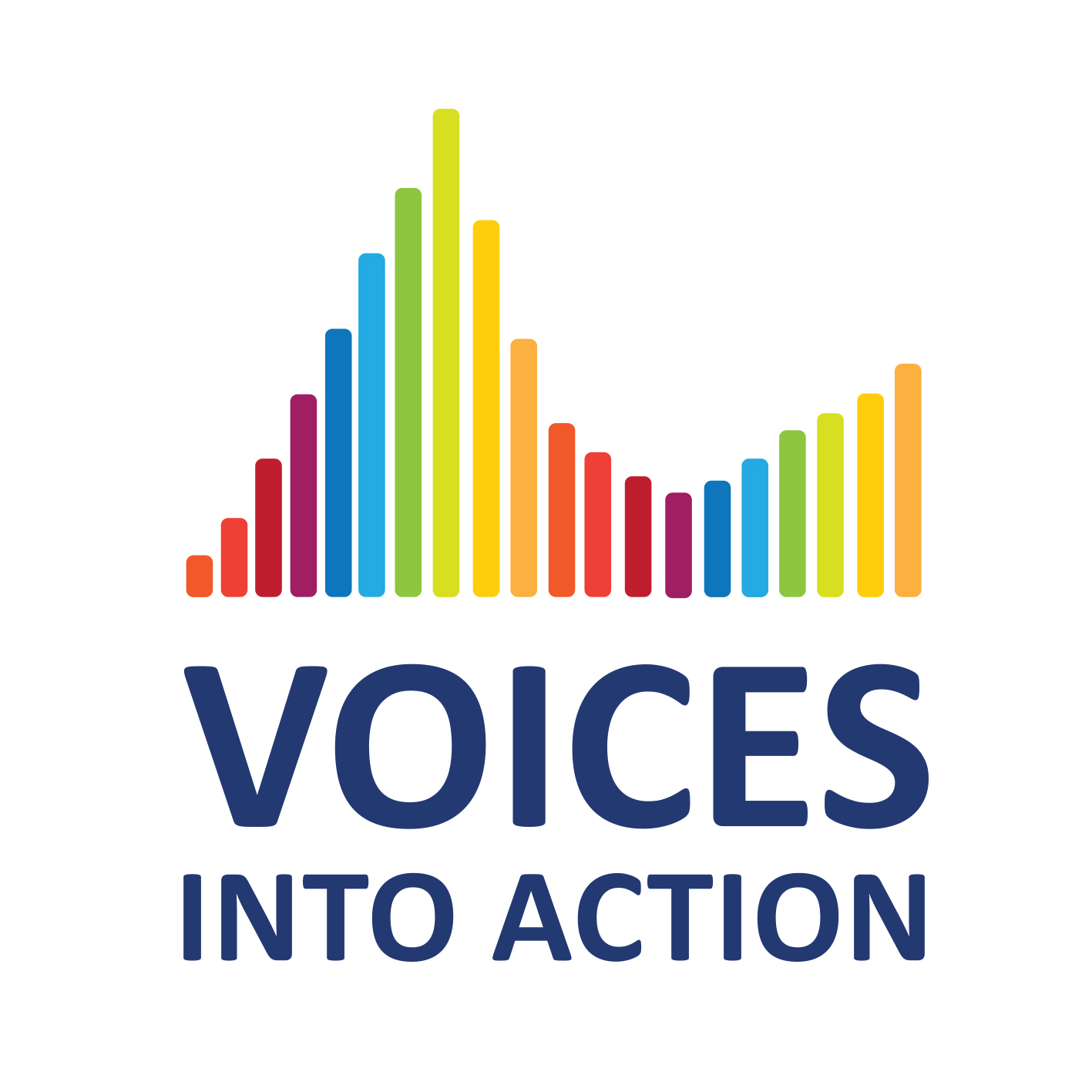Ethical considerations across the framework
Throughout each element of the framework – Space, Voice, Audience and Influence – it is vital to consider ethical issues. Ethical approaches to learner and family participation recognise and address all stakeholders’ needs, backgrounds and abilities. They emphasise that taking steps to include silenced and marginalised voices can ensure the best outcomes for all. All approaches to learner and family participation must be transparent, voluntary, respectful, relevant, inclusive, supported by training, safe and sensitive to risk, accountable and child-friendly.
Refer to the following ethical considerations when organising and participating in activities.
Reflective questions for participatory activities
Refer to the following questions before, during and after an activity to reflect on whether ethical considerations are being or have been met, and potential areas for improvement.
Practical tools
Ethical guidance for inviting participants to join activities
Ethical guidance for inviting participants to join activities
This document offers suggestions for organisers to reflect upon as they plan activities and invite participants, keeping ethical considerations in mind.
Ethical Guidance
Ethical Guidance
This guiding document promotes ‘procedural compliance with institutional review boards’. It also ‘provokes critical thinking around ethics, and supports reflexivity in ethical decision-making throughout the research process’. The guidance is split into four areas:
- Harms & Benefits
- Privacy & Confidentiality
- Informed Consent
- Payment & Compensation
Ethical Guidelines for Educational Research (Fourth edition)
Ethical Guidelines for Educational Research (Fourth edition)
This important guidance document supports educational researchers in conducting research to the highest ethical standards. It applies to work with both children and adults.
Applying Voice-Inclusive Practice
Applying Voice-Inclusive Practice
This QUT project emphasises voice-inclusive practice, which ‘places children at the centre of inquiry and ensures decision-making processes are informed by an ongoing and open dialogue with children on matters affecting them’. On this webpage, you can learn ways that teachers, schools and other education stakeholders can create voice-inclusive opportunities for learners to participate in education decision-making.
Guidelines for Child Participation
Guidelines for Child Participation
The non-governmental organisation World Vision created this document to provide guidance for internal teams and partners involved in child participation initiatives. The guidelines are meant to ensure safe and meaningful child participation and foster inclusive attitudes towards children as key to decision-making processes.
The Manual for School Students
The Manual for School Students
This manual aims to empower learners to participate in education decision-making processes by forming their own organisations. It contains tips about how to run an organisation, organise events and advocate for your rights.

